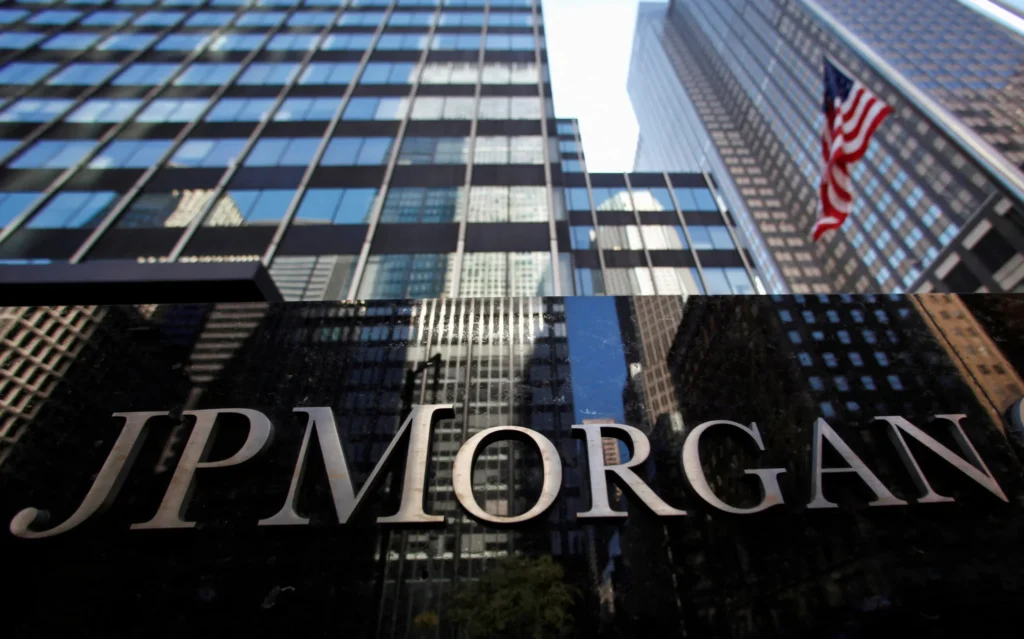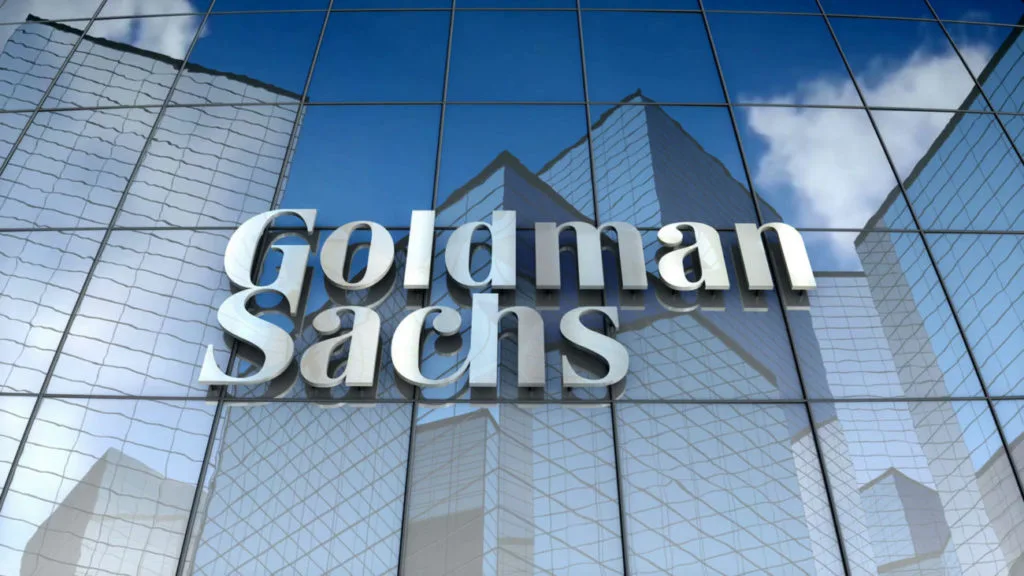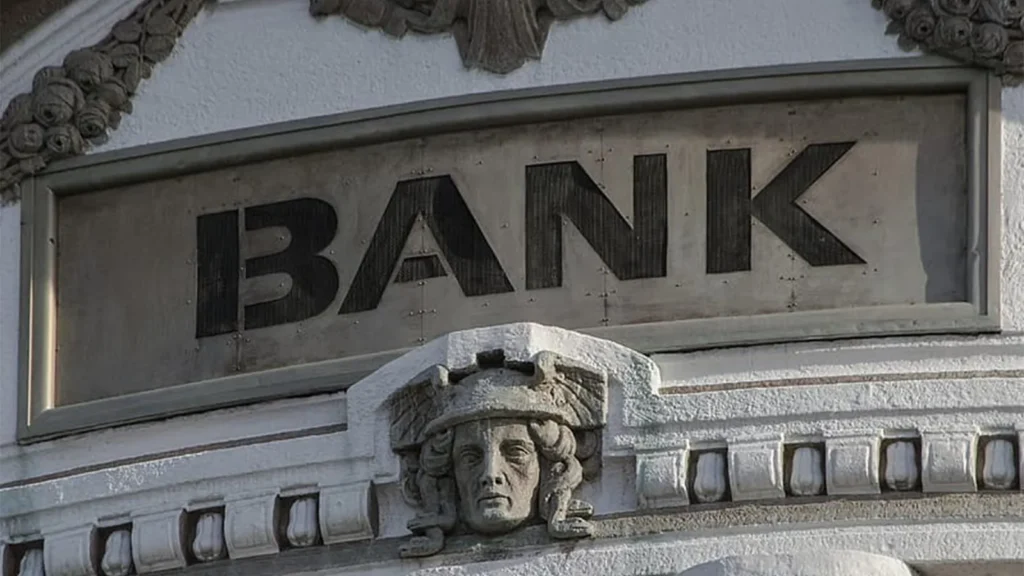Wall Street’s Crypto Push: Top Banks Rush to Control Bitcoin as Market Heats Up
It’s starting to sound like a chess match. The phrase Top Banks Rush to Control Bitcoin isn’t just a catchy headline — it’s what’s actually happening. JPMorgan, Goldman Sachs, and a growing list of America’s largest banks are moving past tentative experiments and into full-scale crypto operations. Custody services, trading desks, derivatives — they’re building out the infrastructure to handle Bitcoin at an institutional level.
Some say it’s a sign that crypto has “made it.” Others worry it’s the start of Wall Street quietly pulling Bitcoin into its orbit.
From Dismissal to Full Engagement
A few years back, Bitcoin barely got a footnote in major bank reports. Too volatile, too speculative, too messy. But according to Coinpedia, that narrative has flipped. JPMorgan has grown its crypto trading desk, Goldman Sachs is now offering Bitcoin-linked investment products, and even Bank of America and Citigroup are expanding their blockchain-related research and services.

Credit from : Reuters
Why? A few reasons stand out:
- The approval of multiple U.S. spot Bitcoin ETFs
- Surging institutional interest from funds and family offices
- A regulatory environment that’s still complex but less hostile than before
Once banks see both demand and a clearer rulebook, history suggests they don’t waste time.
Top Banks Rush to Control Bitcoin: Who’s Out Front?
Per CryptoRank, JPMorgan is aggressively pushing its custody and settlement services for large-scale BTC holdings, targeting institutional clients that don’t want the hassle of private key management. Goldman Sachs, meanwhile, is leaning on its strengths — derivatives and structured products that let investors gain exposure without touching the underlying asset.

Credit from : ESG News
Then there’s Morgan Stanley and Citigroup, which are reportedly building connections with crypto-native firms to integrate blockchain settlement into their broader payment networks. It might not make flashy headlines, but whoever owns the “pipes” often ends up owning the flow.
The Playbook — And It Looks Familiar
If this feels like déjà vu, that’s because the banks have run this script before:
- Secure Custody – Control where the asset sits.
- Control Liquidity – Offer trading and settlement that clients can’t easily get elsewhere.
- Wrap It in Products – ETFs, futures, options, and custom notes.
- Make It a Portfolio Standard – Position Bitcoin alongside equities, bonds, and commodities.
It’s the same approach used for commodities and forex — start with infrastructure, end with market influence.
Top Banks Rush to Control Bitcoin: Are They Just Meeting Demand, or Shaping the Market?
Banks claim they’re just giving clients what they want. Fair enough. But as CoinStats points out, when a few institutions control custody and execution for the majority of large Bitcoin transactions, they naturally gain a level of influence that goes beyond simple service provision.
They can decide when big transfers settle, how liquidity is deployed, and in some cases, who gets market access. That’s a soft form of control — and in markets, soft control can be just as impactful as hard rules.

Credit from : How Stuff Work
Bitcoin’s Original Vision vs. Institutional Reality
Let’s be honest: Bitcoin was designed as an escape from centralized finance. The idea was peer-to-peer transfers without intermediaries. Now, the same banks Bitcoin’s creators wanted to bypass are building the highways it runs on.
On one hand, that could mean:
- More stable prices
- Greater investor protection
- Better fraud prevention
On the other hand, it could dilute Bitcoin’s decentralized ethos, especially if custody becomes concentrated in a few massive vaults controlled by Wall Street.

Credit from : Coingeek
Why the Timing Works for Banks
A few factors have aligned to make this push possible:
- Regulatory breathing room – Still patchy, but clearer than before.
- Price recovery – Bitcoin’s rebound from its previous lows has renewed investor excitement.
- Competitive urgency – No major bank wants to explain to clients why it doesn’t have a crypto desk when its rivals do.
The result? A rush that feels less like cautious testing and more like an arms race.
What Happens If This Trend Continues?
If these top banks keep expanding their Bitcoin reach, we could see:
- More integration between traditional finance and crypto exchanges
- Bigger, deeper liquidity pools
- Fewer independent on-ramps for retail investors
- Possibly, a version of Bitcoin markets that’s smoother but more centralized
The trade-off is clear — efficiency and legitimacy on one side, independence and decentralization on the other.

Credit from : The Conversation
Final Thoughts – Top Banks Rush to Control Bitcoin Is a Story Still Unfolding
What’s happening now feels like a pivot point. On one side, banks like JPMorgan and Goldman Sachs are helping Bitcoin enter the mainstream financial system with more secure, regulated access. On the other, they’re also concentrating control of the market’s infrastructure.
Whether that’s progress or a problem will depend on your perspective. But make no mistake — the phrase Top Banks Rush to Control Bitcoin isn’t hyperbole. It’s a blueprint in progress, and the ending is still up for grabs.




